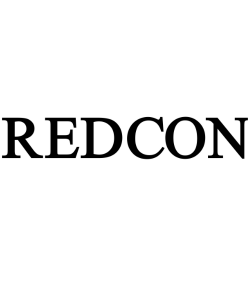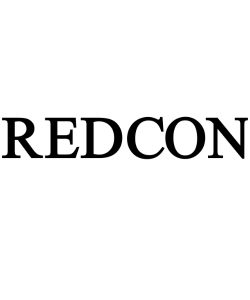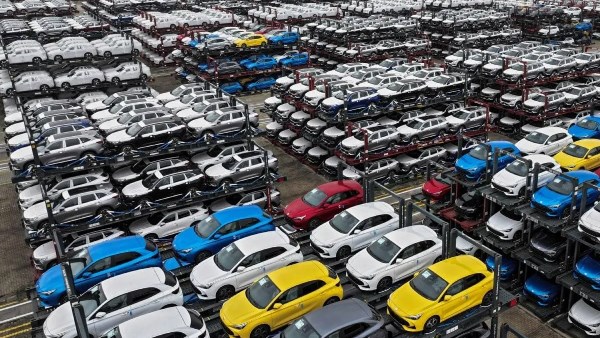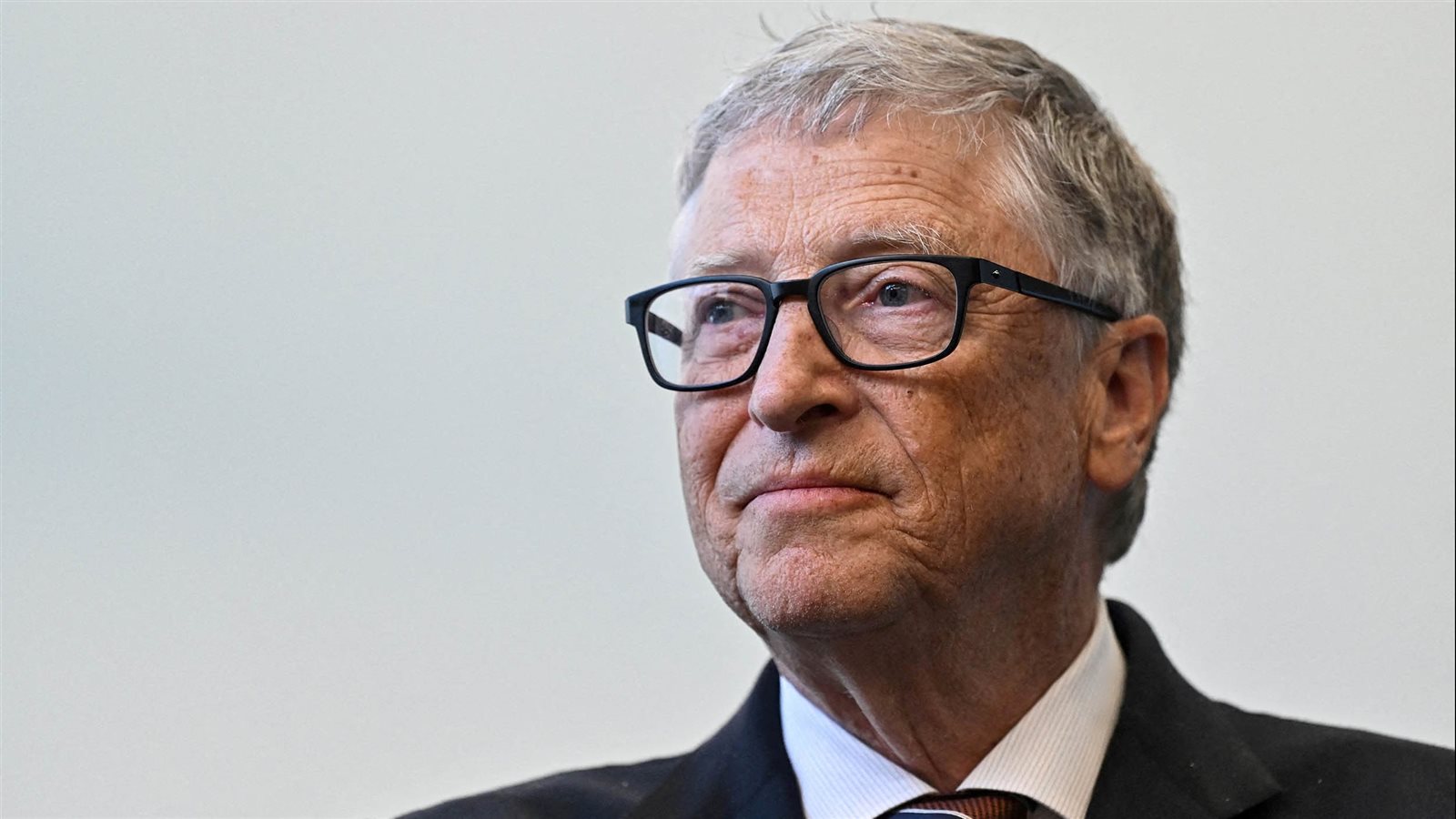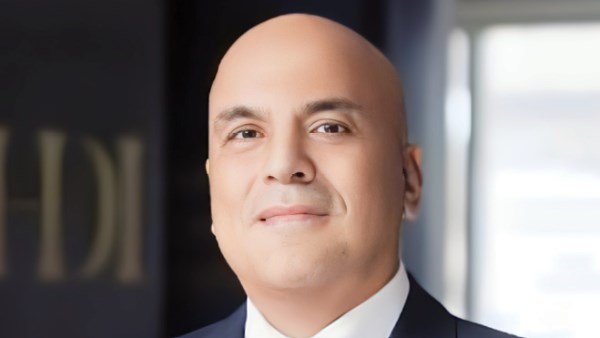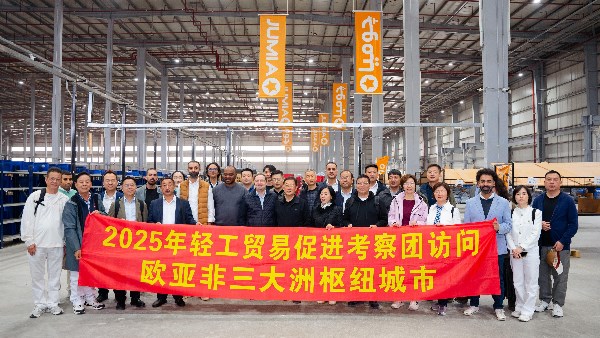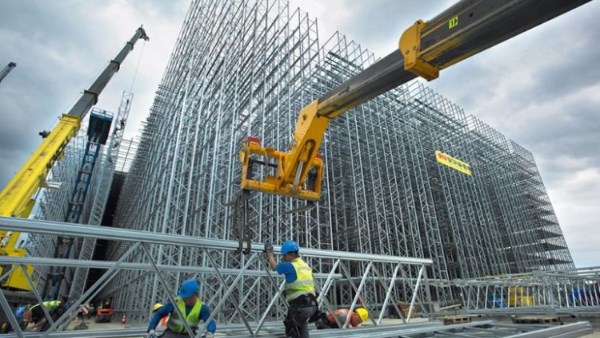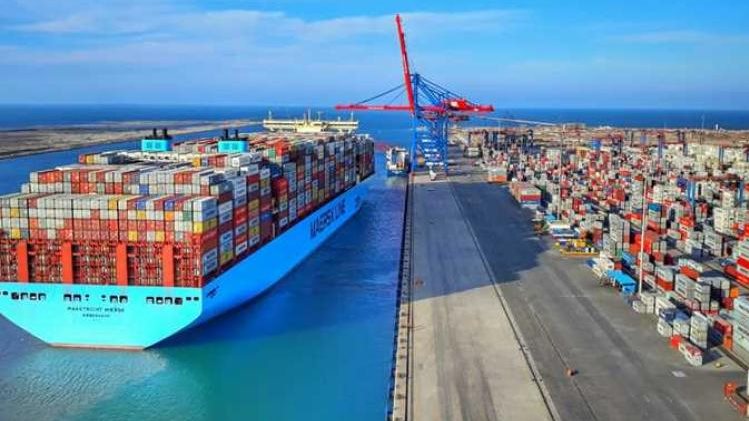
Trump has always played his unpredictability as key to his leverage
Trump Trade Team Set for Wild Ride as Boss Floats Denmark Levies
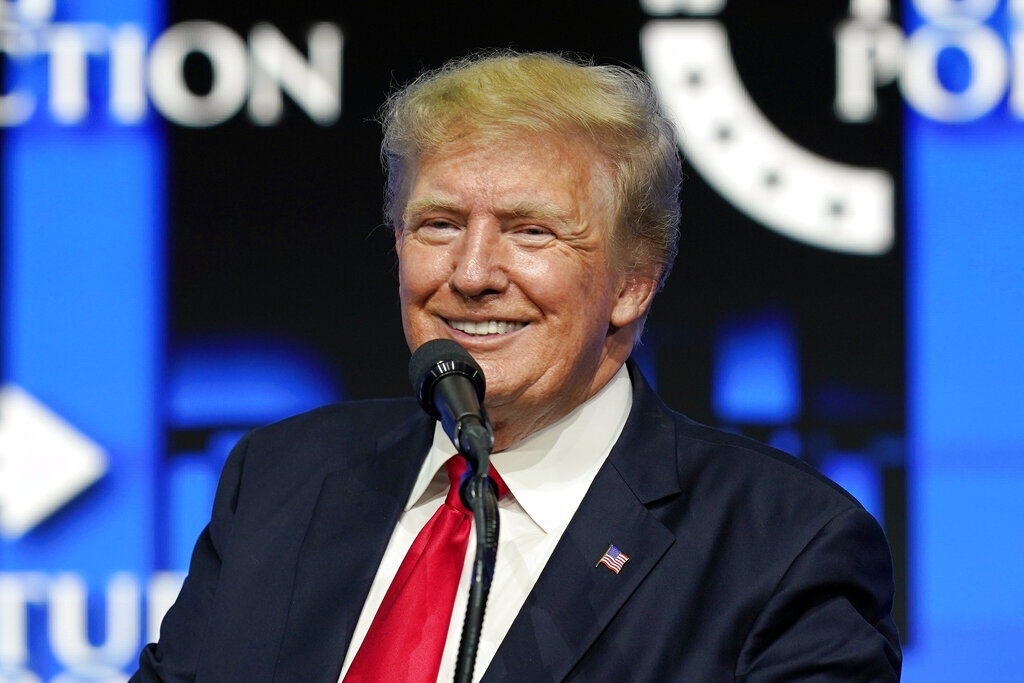
Donald Trump’s threat of tariffs on Denmark over its control of Greenland and musings about “economic force” to absorb Canada as a US state were a fresh reminder of how rocky executing the president-elect’s trade agenda could prove.
The unprecedented threats toward longstanding American allies underscored Trump’s freewheeling approach and appetite for risk as he pursues his pledge to usher in a manufacturing boom and eliminate US trade deficits. But aides within Trump’s team have wildly divergent views on how best to accomplish his vision — and already, infighting that mirrors the conflicts that bedeviled his first term have spilled into public view.
Trump has always played his unpredictability as key to his leverage, and allies say his threatened wrath sets the US up well for pivotal trade negotiations that could decide the nation’s future. Yet the risk is double-barreled: uncertainty for governments and businesses planning complex, long-term investments, and chaos that breeds acrimony in the West Wing.
The dynamic is not unlike his first administration, when public disputes among his key economic personnel led to frequent reversals in policy — including on tariffs and restrictions on Chinese technology firms.
In one corner of the new White House are those like Howard Lutnick, Trump’s nominee for Commerce secretary, and Jamieson Greer, his pick for US Trade Representative, who both echo the president-elect’s campaign-trail promises and want to raise tariffs on allies and adversaries alike and confront trade imbalances.
In another corner, Trump’s nominee for Treasury secretary, Scott Bessent, and his incoming National Economic director, Kevin Hassett, have previously expressed less hawkish, and arguably more market-friendly, views.
Trump’s latest trade comments — delivered during a press conference on Tuesday against the backdrop of his glitzy Mar-a-Lago resort in Florida — might be read by some as pre-inauguration bluster. Yet they were another sign of how much tariffs will play into the president-elect’s early policy flexing and volatile rhetoric, and how hard his team of rivals will have to jockey to sway him.
“We’re spending hundreds of billions a year to take care of Canada. We lose in trade deficits,” Trump said, adding that the US doesn’t need cars, lumber, or milk produced by its neighbor to the north. He separately called out the Panama Canal and Greenland as territories he’s eyeing for acquisition where he wouldn’t rule out economic — or even military — force.
During the 2024 presidential campaign, Trump floated minimum tariffs of 10% to 20% on all imported goods, and 60% or higher on imports from China. Tariffs on European countries would mark a huge change in US policy toward longstanding allies.
While negotiations were underway with the Chinese on a partial trade deal in 2019, China hawk Peter Navarro and then-Treasury Secretary Steven Mnuchin often gave opposing signals to the markets and media on how the talks were progressing. Each competed to influence policy by being the last person who has Trump’s ear.
Internal factions
Now, Trump allies and advisers are nervous that the same internal factions and whiplash approach to policymaking could drag down his efforts to deliver on a key campaign promise to the MAGA faithful. Trump himself is animated by his populist trade agenda as much as any policy area, and often invokes historical references to President William McKinley in his defense of tariffs as potent leverage.
People close to Trump’s orbit agree on two things: Different advisers have different plans, and it’s going to be a fight to get theirs approved by the incoming president.
Karoline Leavitt, a spokeswoman for the transition, said the president-elect had “been consistent and clear that he plans to effectively utilize tariffs to end decades of one-sided deals, just like he did in his first term. The American people gave him a mandate to implement this agenda, and everyone serving on his economic team will be committed to implementing his tariff policies.”
In Trump’s mind, different tariffs serve different purposes, said people familiar with the thinking. Trump is looking for reciprocity with countries that charge steep tariffs on US exports, and the goal for a global tariff is to reduce the trade deficit. In some cases, a specific tariff threat might just be the opening salvo for a negotiation, the people said.
The transition team has drafted executive orders on trade that give Trump wide-ranging authority to impose them without congressional approval. Among them are Section 301, Section 338 and Section 122 authorities, according to people familiar with the discussions. Leaning on Section 338 and 122 would be a new legal strategy for the Trump White House, as it seeks to give the incoming president more authority to act unilaterally.
Still, Trump’s grand campaign promises to eliminate several taxes and hit virtually every import with more tariffs are likely to collide with reality of what is feasible, and his aides will pull him in opposite directions as he focuses on establishing his legacy.
Some advisers are privately in favor of a more targeted tariff approach that doesn’t antagonize allies, according to people familiar with the internal deliberations. One such proposal is for the global tariff to not hit countries with which the US has trade agreements. Trump, who hasn’t shied away from threatening trade partners like Canada and Mexico with separate 25% tariffs over border security and trade, has not signed off on that idea.
Another group of advisers has discussed imposing the global duty only on certain strategic industries, people familiar with the matter said, while stressing that Trump also hadn’t agreed to that approach. Earlier this week on his Truth Social platform, he denied that his team was considering paring back tariff plans, deriding as “wrong” a Washington Post story that said he might only focus on critical imports with economic or national security relevance.
Capacity to Surprise
Restricting duties to only certain goods also would limit tariff revenue Trump has deemed essential to help pay for more tax cuts, people familiar with the discussions said.
Behind his strong words on trade and tariffs, Trump also has demonstrated his capacity to surprise — especially if it means he’s found a better deal or judged what would produce a better outcome for financial markets, a favorite gauge of his success.
During his first term, Trump ordered American companies “to immediately start looking for an alternative to China,” only to reverse course and say he wants to do business with China, shooting down what he called the “always used National Security excuse.” He also reversed a blacklisting of Chinese telecoms giant ZTE after President Xi Jinping told him too many jobs in China would be lost.
Economists caution that Trump’s plans for a universal tariff on all imported goods would stoke inflation and interest rates, weigh on economic growth — and likely trigger retaliatory responses from trading partners.





-1120252475029447.jpg)
-920252122624392.jpg)


